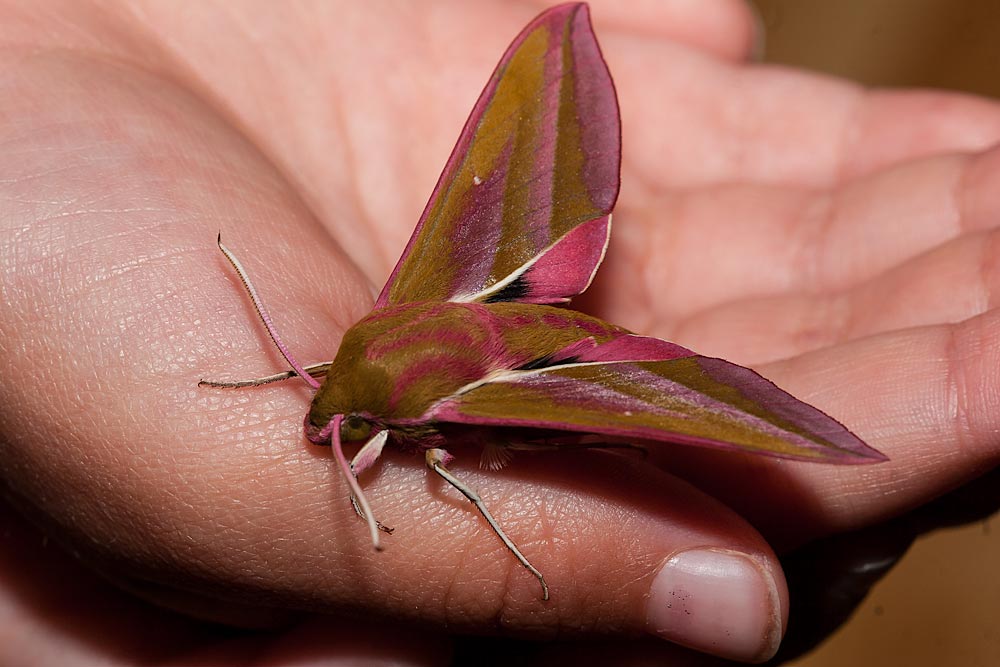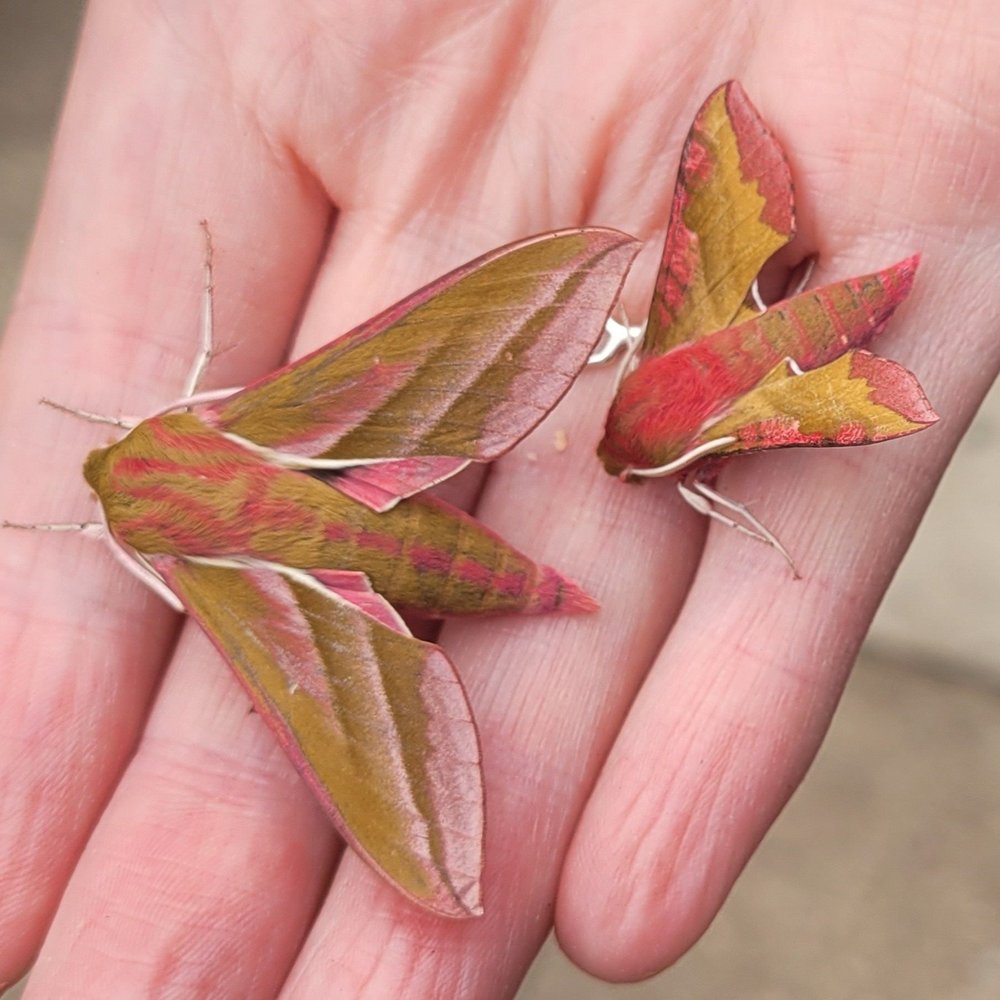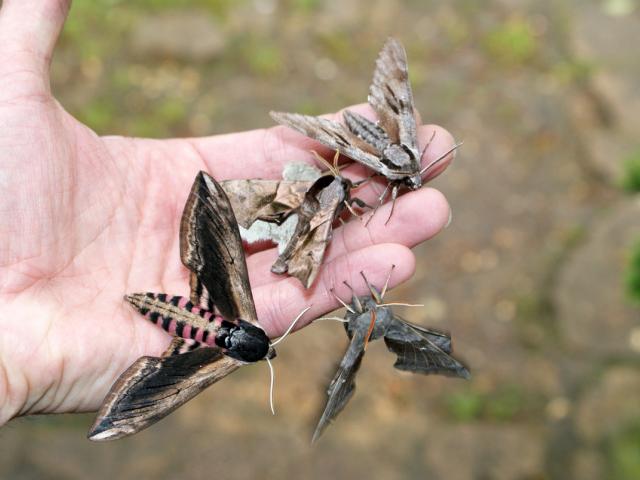Catching a moth can be a delicate process, as moths are usually attracted to light and can be quite fragile. Here are some quick steps to help you catch a moth without harming it
- Prepare a clean container with a lid and a piece of paper or cardboard.
- Turn off all lights in the room except one to attract the moth.
- Wait for the moth to approach the light source.
- Approach the moth slowly with the container and paper/cardboard.
- Trap the moth under the container and gently slide the paper underneath.
- Secure the moth in the container.
- Release it outdoors or near an open window.
- Handle moths delicately to avoid harming them.
- Close doors and windows to prevent more moths from entering.
How to choose the right materials for catching moths?
In the world of moth-catching, the choice of materials can make all the difference between success and disappointment.
Container with a lid
The choice of container is crucial. It should have a lid to ensure that once you capture the moth, it can be easily contained without the risk of it escaping or flying away while you attempt to release it.
Furthermore, a glass jar with a screw-on lid or a plastic container with a secure snap-on lid both work well. Ensure that the container is clean and dry to avoid harming the moth.
Piece of paper or cardboard
The paper or cardboard serves as a tool to gently guide the moth into the container. It should be large enough to cover the opening of the container when needed.
This makeshift “catching tool” should be flat and sturdy enough to support the moth’s weight without damaging its delicate wings. You’ll use it to gently coax the moth into the container without touching it directly.
How can you create an attractive light source for moths?

Creating an enticing light source for moths is both an art and a science, requiring careful consideration of factors like color temperature, intensity, and positioning.
Turn off lights except one
Moths are naturally attracted to sources of light, as they often mistake artificial lights for the moon or stars they navigate by at night. To catch a moth effectively, create a single, well-defined light source in the room.
Furthermore, this can be a desk lamp, a ceiling light, or even a flashlight. By eliminating other sources of light, you’ll concentrate the moth’s attention on this one, making it easier to capture.
Wait for the moth to approach the light source
Patience is key. Moths might take some time to notice and approach the light. During this time, stay as still as possible and avoid sudden movements that might startle the moth or cause it to fly away.
Moreover, moths are typically more active at night, so waiting quietly for them to come to the light source is often the most effective way to catch them.
What’s the best way to approach a moth with a container and paper?
When capturing a delicate moth with a container and paper, a gentle and methodical approach is key to ensuring both the moth’s safety and your successful capture.
Approach the moth slowly with the container and paper/cardboard
When you spot the moth near the light source, approach it with caution and deliberate slowness. Sudden movements may startle the moth and cause it to fly away. Hold the container in one hand and the paper or cardboard in the other.
Extend the container gently toward the moth while keeping the paper or cardboard handy to guide it.
Trap the moth under the container
Once you are close enough to the moth, slowly lower the container over it, making sure to cover it completely. The goal is to create a barrier between the moth and the surrounding air, preventing it from flying away. Move the container gently and smoothly to avoid disturbing the moth.
Gently slide the paper underneath to secure the moth
With the moth trapped under the container, carefully slide the paper or cardboard under the container. Do this in a slow, controlled manner to avoid crushing or injuring the moth.
As you slide the paper under the container, the moth should climb onto the paper, which you can then use to lift the moth and place it inside the container.
How do you ensure gentle handling to avoid harming a moth?
To ensure gentle handling and prevent harm to a fragile moth, it’s crucial to employ a soft touch and follow a few essential guidelines in your approach
Emphasize the need for gentle handling
Moths are fragile insects, and their wings and bodies can be easily damaged. Stress the importance of treating them with the utmost care and gentleness. Avoid squeezing or applying any pressure that could harm the moth.
Avoid harming the moth’s wings or body
Be mindful of the moth’s delicate wings, which are essential for its survival. When transferring the moth into the container, make sure it has a firm grip on the paper or cardboard and isn’t in danger of falling.
However, if the moth seems stuck or hesitant to move, gently encourage it to crawl onto the paper with a soft touch.
How should you release a captured moth outdoors effectively?
Once you’ve successfully captured the moth inside the container, it’s important to choose an appropriate location for its release. If you’re indoors, consider taking the container outdoors to a safe, open area where the moth can fly freely. Alternatively, if you’re unable to go outside, bring the container to an open window.
Outdoors is generally the best option, as it allows the moth to return to its natural environment. Ensure that the location you choose is away from strong winds, rain, or direct sunlight, as moths are more active during nighttime or in low-light conditions.
Remove the lid and let the moth fly away
To release the moth, gently remove the lid of the container. Open it slowly to give the moth a chance to sense its surroundings and prepare for flight. Avoid sudden movements or disturbances that could startle the moth.
The moth may take a moment to gather its bearings, especially if it has been inside the container for a while. Be patient and allow it to fly away at its own pace. Avoid touching or interfering with the moth during this process.
What’s a simple way to prevent additional moths from entering your space?

Close doors and windows to avoid further moths entering
After you’ve successfully released the captured moth, it’s important to prevent more moths from entering your living space. Especially if you’re trying to keep them outside. To do this, close doors and windows promptly.
However, if you wish to keep the room moth-free, consider using screens on windows and weatherstripping on doors to minimize the chances of moths and other insects getting inside.
Additionally, you can use curtains or blinds at night to reduce the visibility of indoor lights from the outside, which can help deter moths from congregating near windows.
FAQ’s
Is it easy to catch a moth?
Catching a moth can be relatively easy with the right approach and materials, such as a container and patience.
How do I get a moth out of my room?
To remove a moth from your room, create a single light source, wait for the moth to approach it, then gently trap and release it using a container and paper.
How do you attract and trap moths?
Attract moths by using a bright light source at night, and trap them by gently guiding them into a container with a lid and a piece of paper or cardboard.
How do I make a moth trap?
You can make a simple moth trap using a light source suspended over a container with soapy water to catch moths attracted to the light.
Is it bad to touch a moth?
It’s best to avoid touching moths, as their wings and bodies are delicate, and touching can harm them.
Is it bad to pick up a moth?
Picking up a moth with your fingers can potentially harm its wings or body, so it’s better to use a gentle method like a container and paper for capture.
Final Words
In conclusion, catching a moth without harming it involves a thoughtful and gentle approach. By using the right materials, such as a container with a lid and a piece of paper or cardboard, and by creating an environment that attracts the moth to a single light source, you can increase your chances of successfully capturing it.
The process of catching the moth itself requires patience and a delicate touch, ensuring the moth is unharmed during the capture and transfer. Equally important is the responsible release of the moth back into its natural habitat, either outdoors or near an open window, allowing it to continue its role in the ecosystem.
Lastly, taking steps to prevent further moths from entering your living space, such as closing doors and windows, helps maintain a moth-free environment while respecting the delicate balance of nature.

